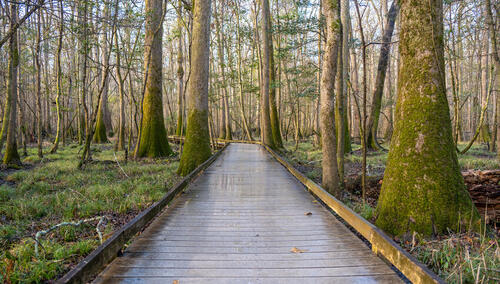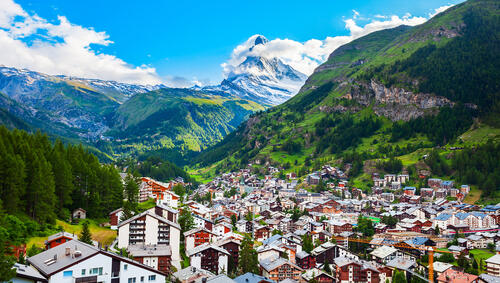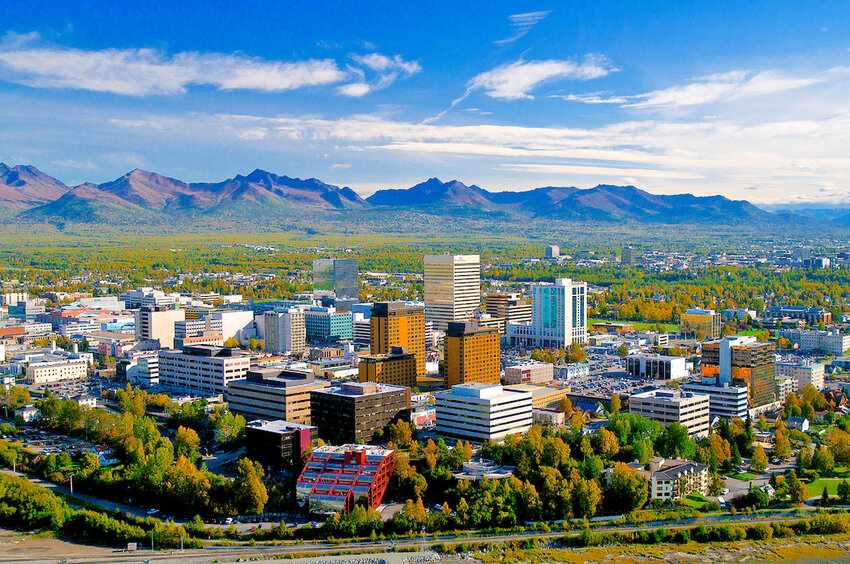Over the last few years, Iceland has grown more and more popular with international travelers. Its jaw-dropping natural beauty and warm, welcoming people ensure that few leave disappointed. One of the downsides of such an increase in visitor numbers, however, is the overcrowding that plagues some of the country’s most well-known visitor attractions such as the Golden Circle and the Blue Lagoon. If you’d like to include some of the country’s still-hidden gems in your own itinerary, here are some suggestions for where to get off the beaten path in Iceland.
Glymur Waterfall
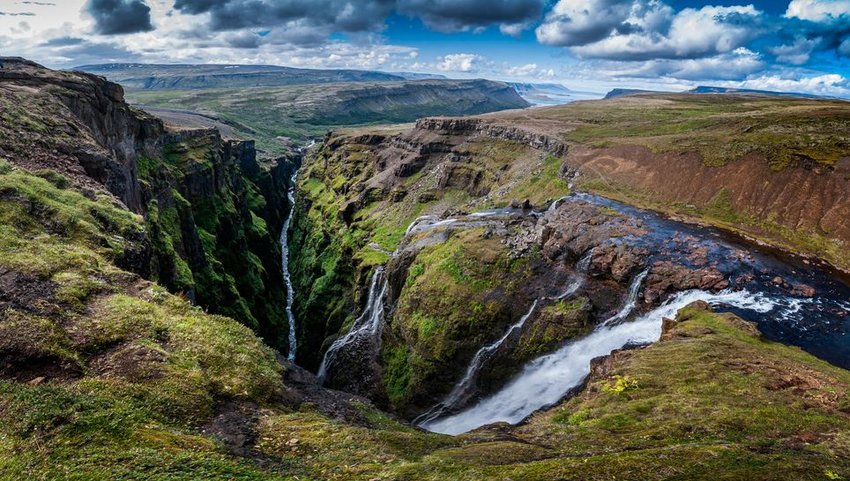
Glymur was Iceland’s highest waterfall until the discovery of Morsárfoss a few years ago. Tucked away at the end of Hvalfjörður, one of western Iceland’s many fjords, Glymur tumbles over the edge of Hvalfell into a plunging ravine. The hike to reach it is a difficult one up the Leggjabrjótur (Broken Leg) trail involving steep climbs and a couple of river crossings. But if you're up for the challenge, the panoramic view from the top is out of this world.
Ásbyrgi
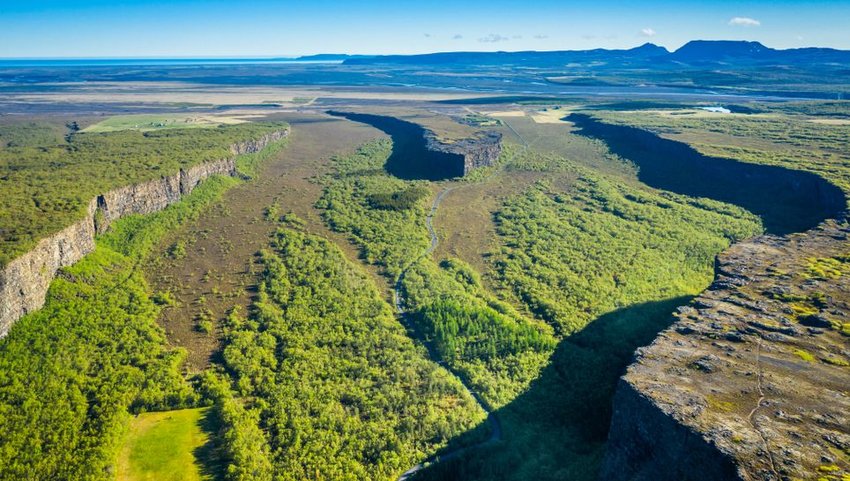
This curiously-shaped depression, which is part of the Diamond Circle, looks like a giant hoof print. It was formed millions of years ago in a flood caused by a volcanic eruption. A rock known as Eyjan sits in the middle of the canyon. You might catch a glimpse of the arctic foxes that make their home in the forest of birch and willow trees that crowds the flat land at the base of the cliffs.
Aldeyjarfoss
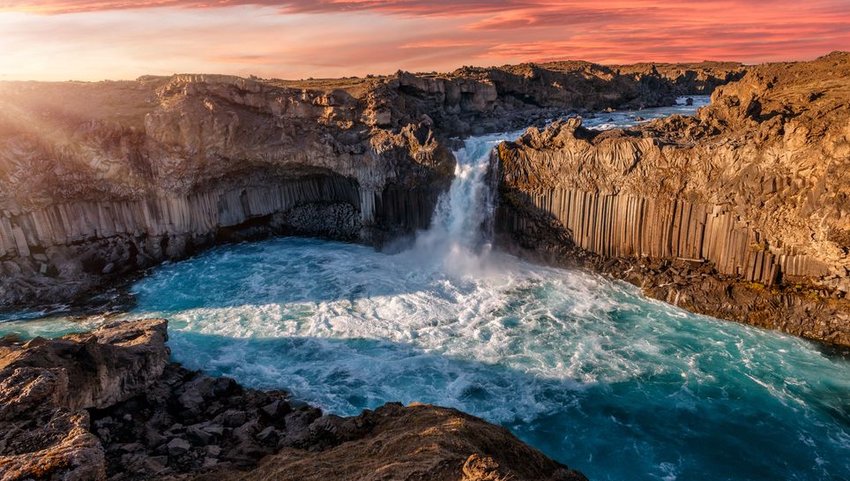
Many of Iceland’s waterfalls are breathtaking and Aldeyjarfoss, which is located south of Goðafoss, is no exception. It’s not that high in comparison to other waterfalls (the Skjálfandafljót River drops only 65 feet), but is spectacular nonetheless. Basalt columns surround it in shades of brown, orange, yellow, and charcoal grey and form a cave in one especially scenic spot.
Arctic Henge
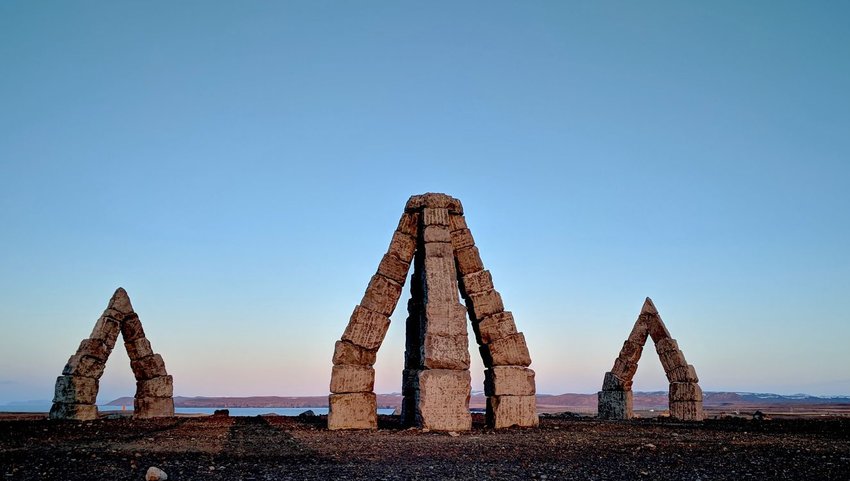
In north Iceland near the little town of Raufarhöfn, you’ll find Arctic Henge. Known locally as Heimskautsgerðið, Arctic Henge was designed to act as a giant sundial. The apex line of the stones points due north and during the summer solstice, it points to the midnight sun at its highest point in the sky. The site also references ancient Norse mythology and was inspired by the mythical world featured in the poem "Völuspá."
Djúpavík
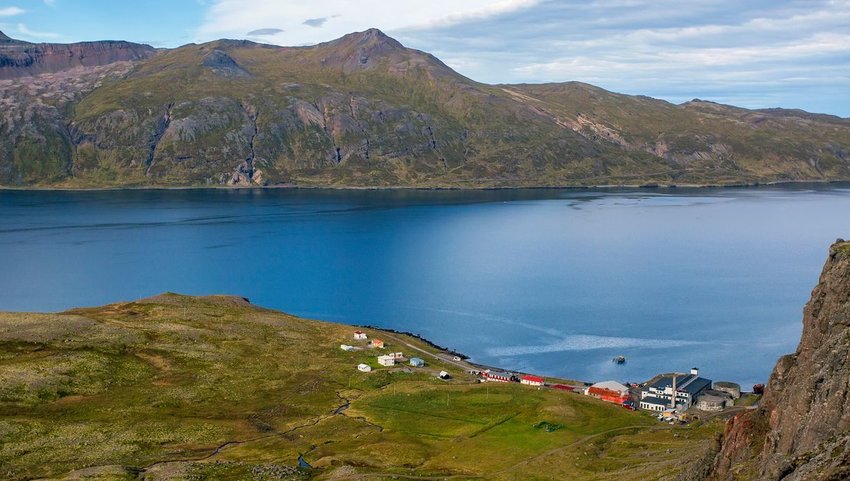
The tiny settlement of Djúpavík in the Westfjords is home to a disused herring factory now repurposed as a summer art and sculpture gallery. Visitors can explore the atmospherically derelict rooms and abandoned equipment left behind when the factory closed in the 1950s. If it seems a little familiar, scenes from the movie "Justice League" were shot here. Nearby, you’ll find the rusting wreck of the Suðurland cargo ship.
Rauðasandur
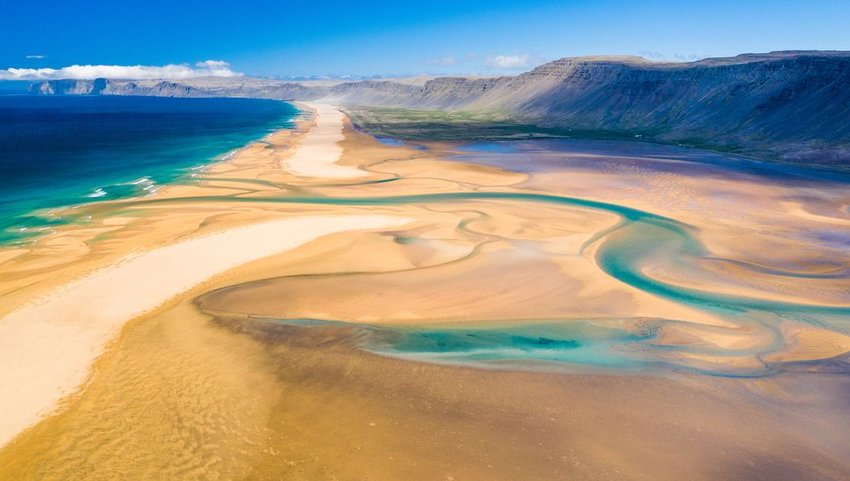
The rose gold beach at Rauðasandur in the Westfjords is unusual amid Iceland’s many swathes of black volcanic sands. You’ll get the best views as you descend on a series of tight hairpin bends on the gravel road in. Time your visit for low tide when the place is at its most spectacular. In summer, look out for the grey seals that like to sunbathe on the beach.
Hvannagil Canyon
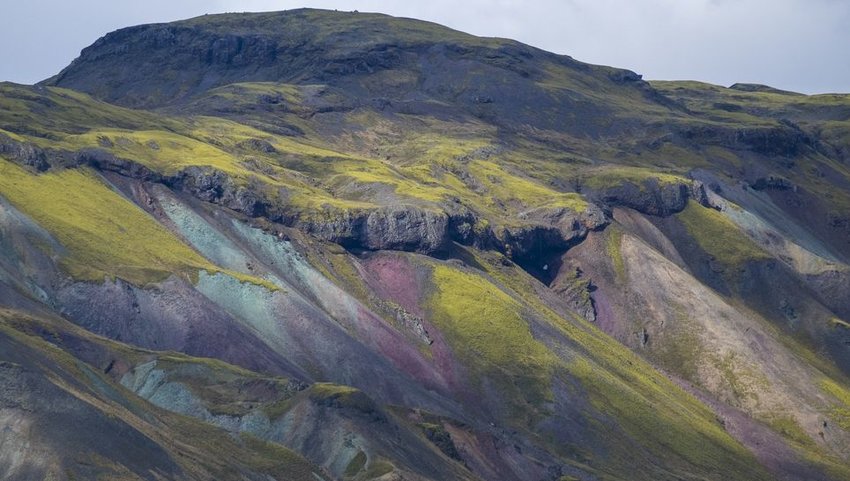
Hvannagil, a rhyolite canyon on the eastern bank of the river Jökulsá í Lóni, lies around 21 miles east of Höfn. Described by some as nature’s art gallery, it’s one of Iceland’s prettiest hikes thanks to the many colors found in the rocks. The circular trail from the Stafafell guesthouse will take you most of the day to hike but if you drive part of the way in, you can access it more quickly.
Glaumbær Farm Museum
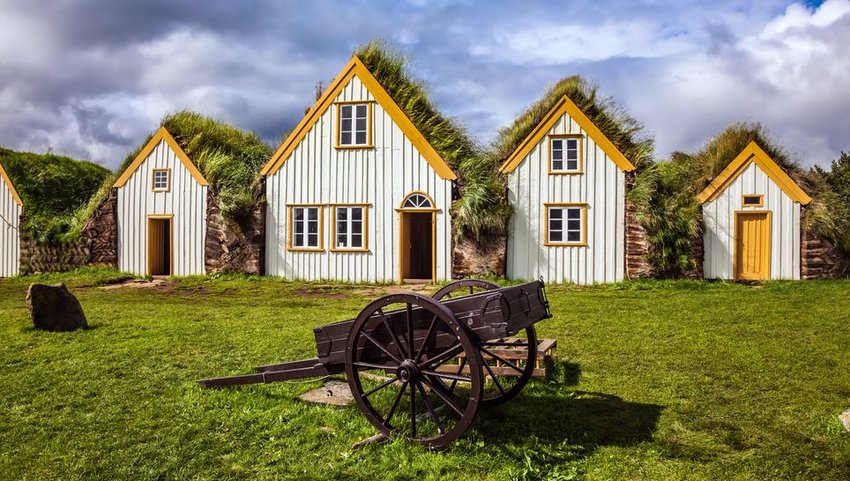
There’s been a farm at Glaumbær since the ninth century. The present incarnation dates from the mid-18th century and features a collection of over a dozen buildings. Together, they form a fascinating open air museum. You’ll notice that a herringbone pattern was used. Stacking the turf bricks like this would have made the structures waterproof. Glimpse inside to learn what it would have been like to live here in centuries past.
Háifoss
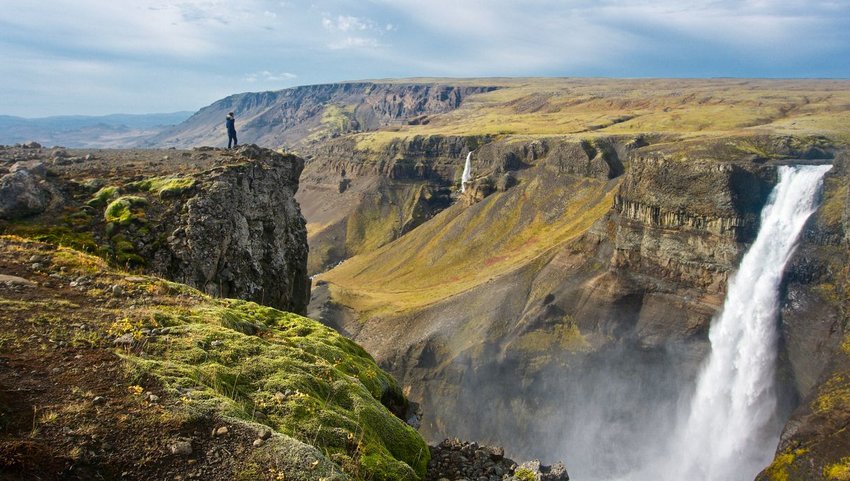
Iceland’s fourth highest waterfall is reachable by car and is only a 90-minute drive from Geysir, so it's an easy add-on to the Golden Circle. The view from above is as dramatic as it is gorgeous and compensates for the challenging drive along a rough gravel road you’ll have to tackle to reach it. Stop off half an hour up the road to explore the remains of a Viking-era longhouse at Stöng, which is well preserved thanks to the ash that smothered it during the 1104 eruption of Mount Hekla.
Stuðlagil Canyon
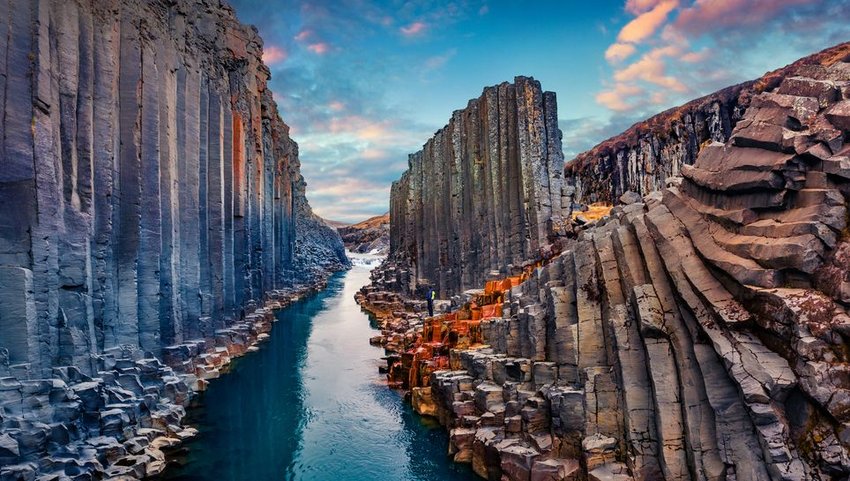
Stuðlagil Canyon was, until recently, a secret gem. It was uncovered when a hydroelectric plant was built at Kárahnjúkavirkjun, which caused the level of water in the Jökulsá á Dal River to plummet and reveal the incredible basalt columns that line its valley. Hike in but take care since the trail is short and steep.
Grjótagjá
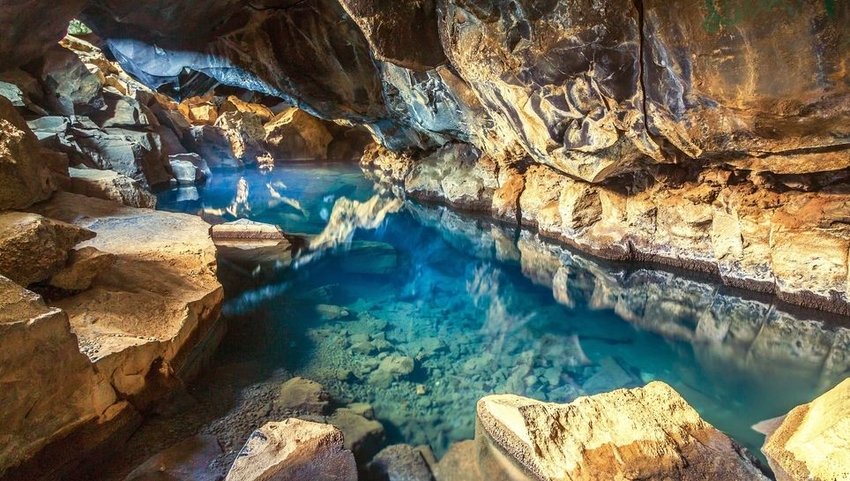
This small lava cave near Lake Mývatn in north Iceland was once the home of outlaw Jón Markússon and much more recently, a filming location for the HBO series "Game of Thrones." It contains a geothermal hot spring, which was frequented by locals until a series of eruptions from 1975 to 1984 caused the water to boil. The temperature has cooled a little, but the area remains volatile and dangerously unpredictable, so be sure to go with a local guide.


